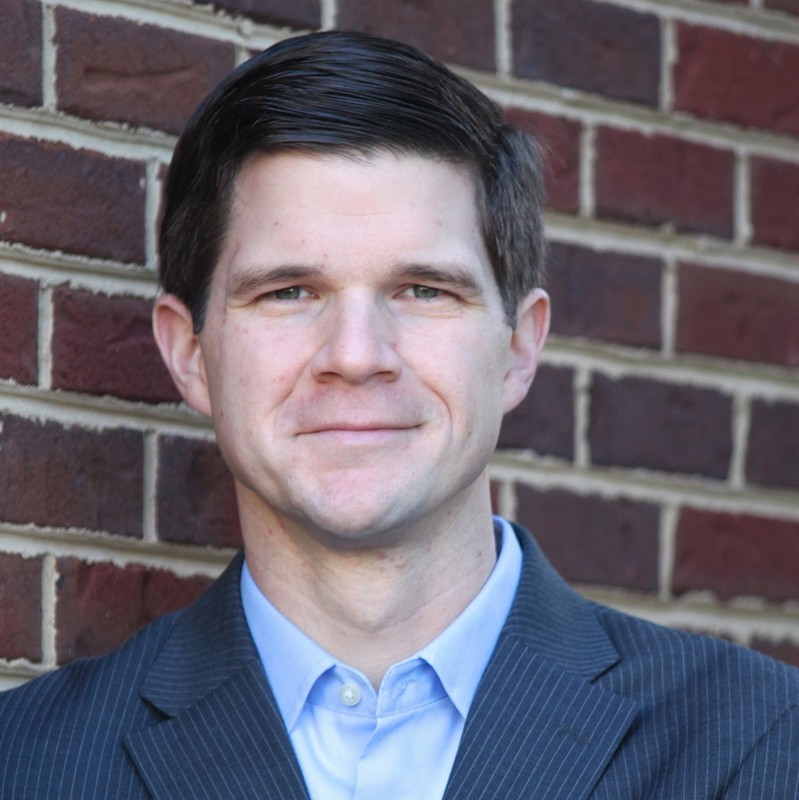Register to continue reading for free
Matt Priest (FDRA, USA): Footwear of the Future - Made with Agility

We have spoken with Matt Priest, President and CEO of the Footwear Distributors & Retailers of America to discuss the ins and outs of the transformation taking place in the footwear industry
Today, regardless of the style or sort, footwear must be flexible - metaphorically speaking. The industry is in an irreversible state of transformation that is moving forward faster than new sneaker collaborations. As a sector we are weathering important times – a topic recently addressed by Matt Priest, President & CEO, Footwear Distributors & Retailers of America (FDRA).
Adjusting sales through the storm
“The merging of a number of perfect storms” is how Priest describes the current environment that is both challenging and disruptive … and might be here to stay. He goes on to share how this instability could become the new normal and that “the stormy uncertainty may never subside, although companies are beginning to adjust - which could lead to a stronger industry”.More specifically, Priest attributes the seismic change in consumption and purchase behavior from online and DTC (direct-to-consumer) shopping as one of the primary factors that has dramatically and permanently altered the supply chain. As this retail pattern grows along with upcoming generations of shoppers who have become socialized to purchase online, companies will need to become more agile. This is no surprise to anyone on either side of the retail counter – and as much as brick and mortar sales have remained somewhat flat, footwear is taking big strides into a future where the majority of shoes are being purchased online. So, what can we do? Taking note of industry leaders who are becoming as nimble as the people who wear their product is a good place to start. Priest included Nike among the brands who are leading the way by restructuring retail distribution [downsizing independents and smaller, regional chains], consolidating and focusing more on DTC to address customers’ needs. He went on to note that with traditional barriers to entry dropped, including the requisite capital-intensive expenses of big marketing campaigns, inventory, employees – even retail partners, channels have opened up for those who are evolving with the turbulence (Enter Allbirds).
Continuing along the thought process of growth by DTC, how can companies compete with those who are able to limit inventory to demand?
Attention economy
“With the flow and frequency of information, technology has rewired our brain and limited the attention span of consumers” - another critical (but not surprising) contributor to industry turbulence, according to Priest. This collective attention deficit has caused disorder but has also stimulated companies to keep up with the perpetual demand for fresh and new. Footwear companies must stand out to move forward as we’ve seen with those who can produce new drops and limited runs – including the popular retro products that have been recreated as future prized possessions.Consider the source
Trade disruption is adding high pressure to the industry storm, causing quite the disturbance as companies and industries rethink how and where they produce. Tariffs are taking hold and shoppers are becoming stakeholders, demanding purpose along with product. With nearly 95% of production more commonly focused in three major countries (China, Vietnam and Indonesia), Priest acknowledges the challenges of uprooting infrastructure are costly.Footwear as a commodity ensures we will take steps forward, but it is how we move that will make all the difference.





